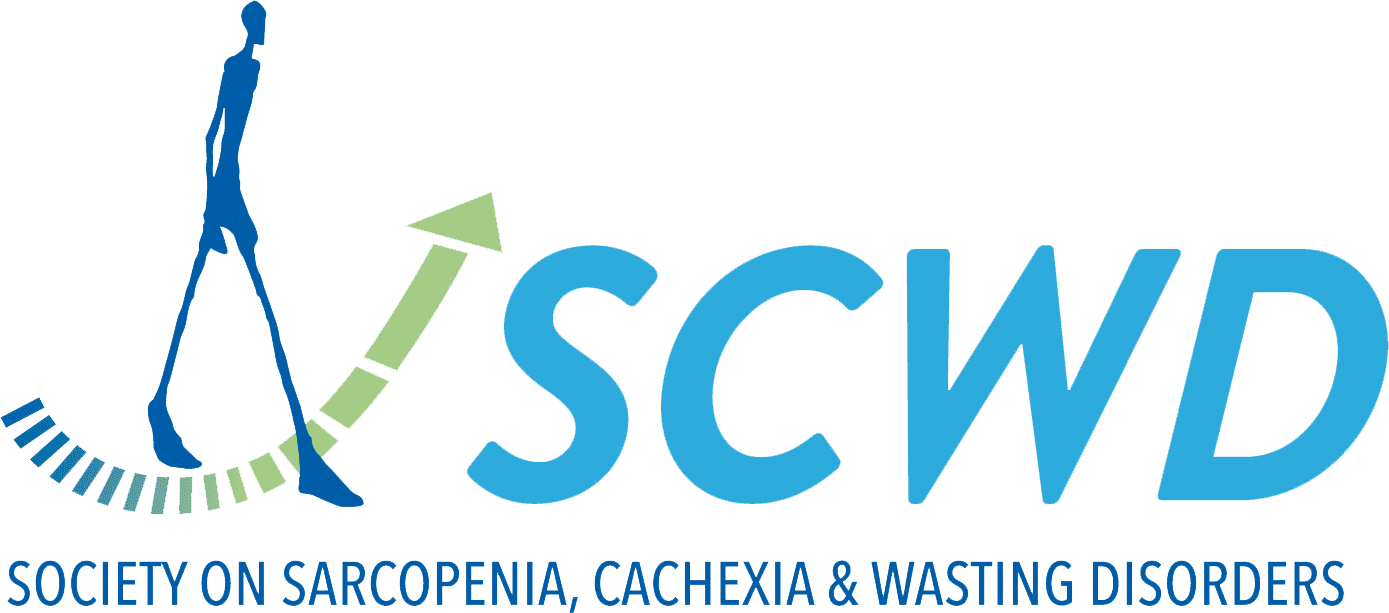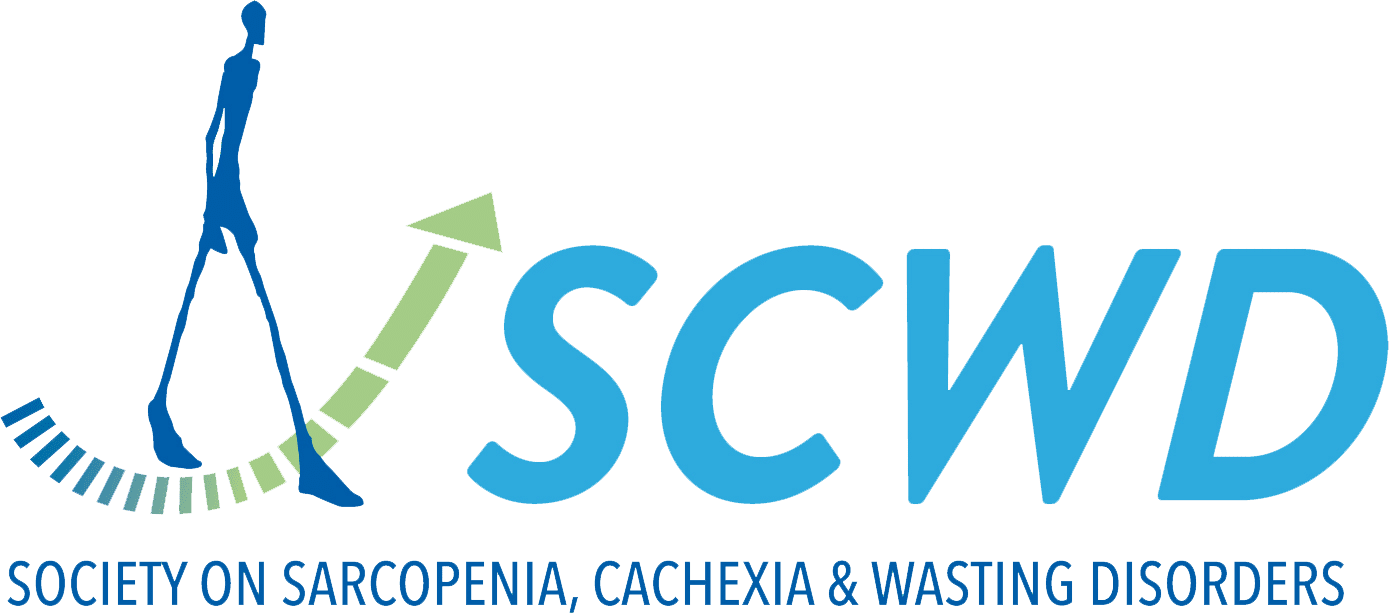Progressive development of cachexia in different organ systems: a review
Article: Progressive development of melanoma-induced cachexia differentially impacts organ systems in mice
Cachexia is defined as an unintentional loss of 5% or more of body weight, a complication which often negatively affects survival rates. Cachexia is caused by circulating cytokines in the body which are produced by cancer cells and immune cells, causing behavioural and systemic changes. However, how cachexia impacts different tissues is unknown; there is a large amount of information missing, as it is likely there are more tissues in the body affected by cachexia than we know. There are known differences in tissue wasting: in the heart, atrophy is seen after 2 weeks of tumour implantation, but very little wasting in any other tissues at this point. The heart and skeletal muscles are the tissues affected first and foremost. This study also discovered that tissues such as the brain which do not undergo wasting, experience functional derangement due to transcriptional changes such as the upregulation of angiotensin-converting enzyme (ACE). Using lisinopril, a drug which inhibits ACE, muscle force can be improved, even if wasting is not prevented. However, this study was completed on mice with no T lymphocytes – this is a limitation as T cells have been seen to induce or protect from cachexia, so more studies are needed to understand the involvement of T cells in cachexia.
This review by Graca FA et al. aimed to summarise how cachexia affects different tissue systems in the body.
Key learnings
Little is known about the total impact of cachexia. Exploring ACE inhibitors such as lisinopril may prove a useful path for further exploration on management and prevention of symptoms of cachexia in the future.
Reviewed by: Z. Beketova
Authors: Graca FA, Stephan A, Wang YD et al.
Published in: JACC Cardiovasc Interv 2022


